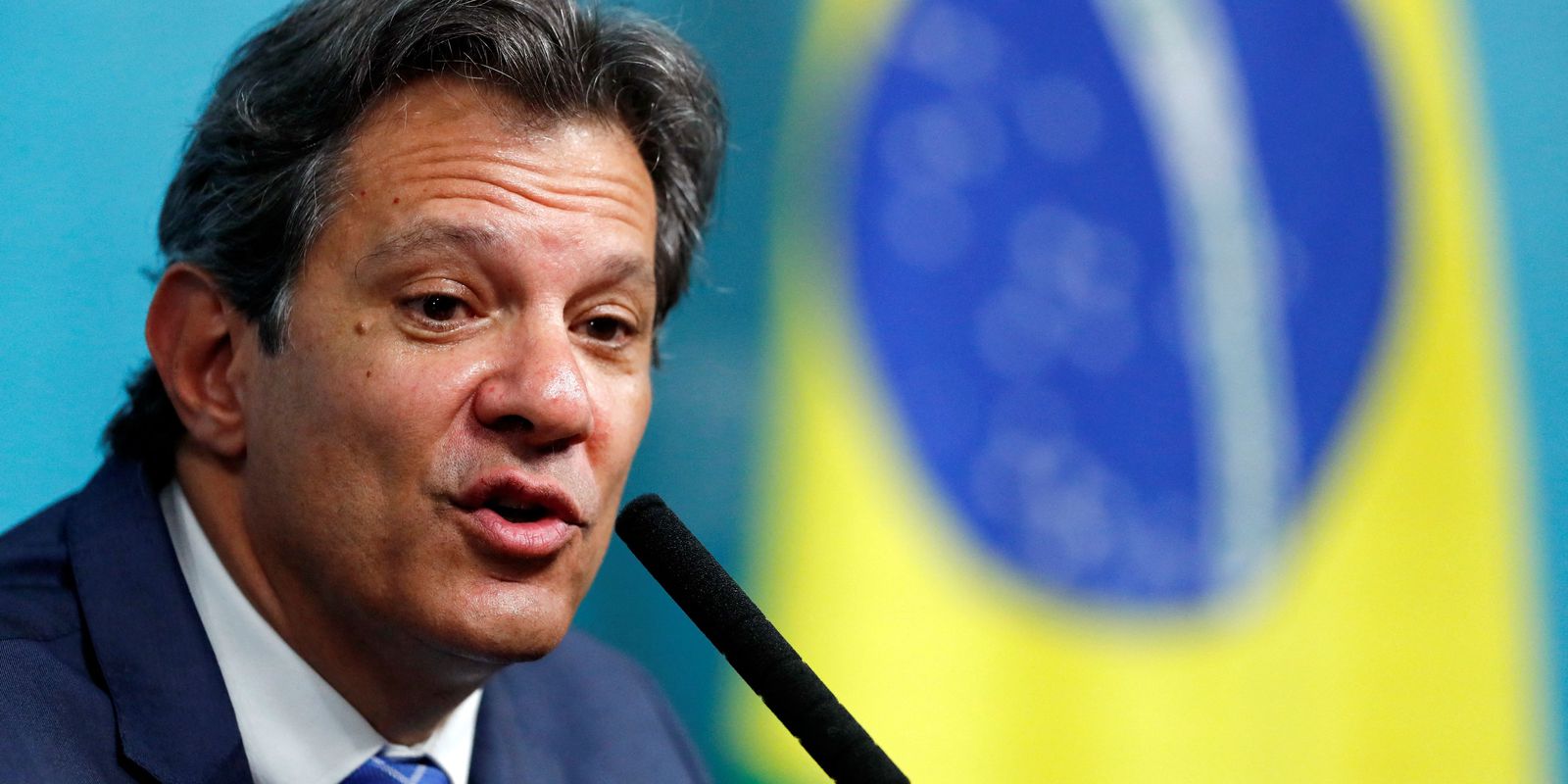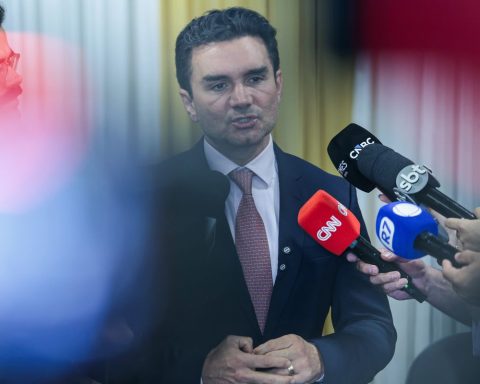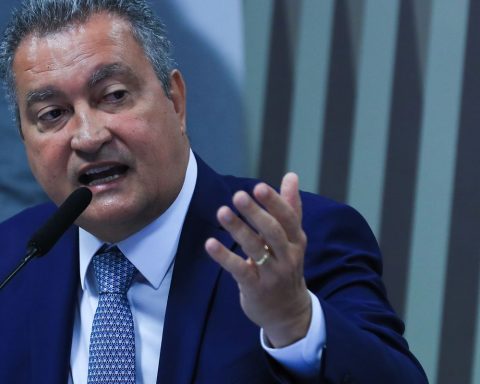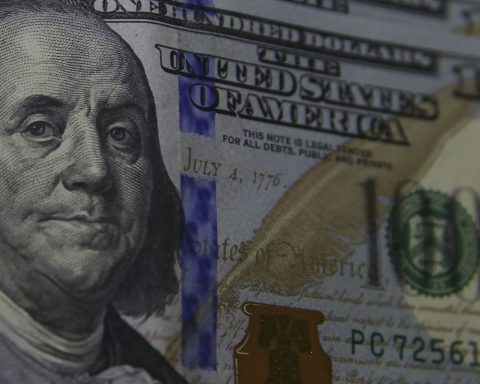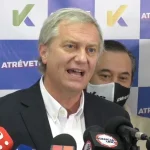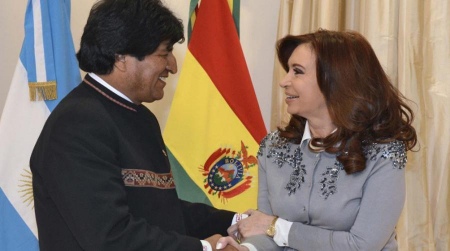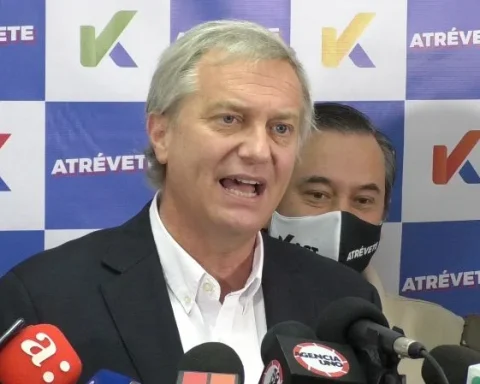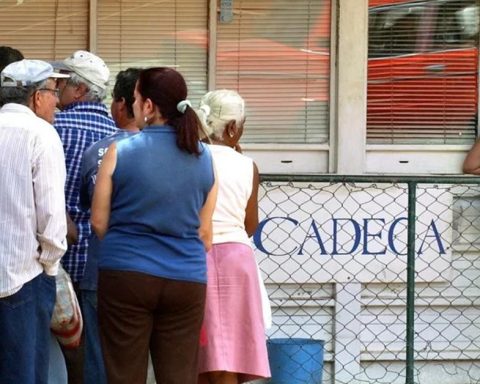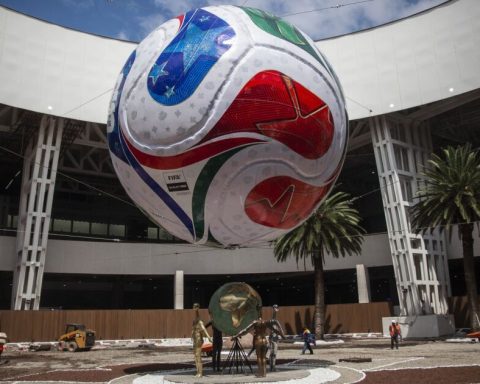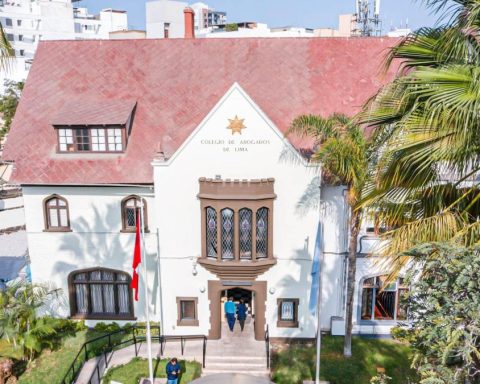The project for a single currency between Brazil and Argentina to replace the real and the peso does not exist, said today (23) the Minister of Finance, Fernando Haddad. At an event with businessmen from both countries in Buenos Aires, the minister declared that what is being studied is the feasibility of a common digital currency that would be used only in commercial exchanges, to reduce dependence on the dollar.
Once again, the minister clarified that the eventual common currency would not replace the current currents and that the idea is different from that presented by the previous government.
“We received from our presidents an order not to adopt an idea that was from the previous government, which was not carried out, of the single currency. My predecessor, Paulo Guedes, was very much in favor of a single currency between Brazil and Argentina. That’s not what we’re talking about. This generated a huge confusion, including in the Brazilian and international press”, declared Haddad.
According to the minister, the common currency will still be discussed by a working group, over the course of several years. For Haddad, the idea would streamline trade between Latin American countries in a better way than other instruments used in the past, such as payment in local currencies eliminating the dollar and the Reciprocal Payment and Credit Agreement (CCR), a type of clearinghouse among the countries of the continent, abolished by Brazil in 2019.
“This is not the idea of a single currency. It is a matter of moving forward with the planned instruments that did not work satisfactorily, neither payment in local currency nor the CCRs today provide a guarantee that we can advance in trade in the way the presidents intend”, clarified the minister.
inflation targets
In a press conference after the event, Haddad said that a possible change in the inflation target should be discussed with “sobriety”. The minister sought to explain a statement by President Luiz Inácio Lula da Silva, who said in an interview with a television station last week that the current inflation target, of 3.25% for 2023 (with a tolerance margin of 1.5 point percentage up or down), hinders the growth of the economy.
Alongside the Argentine Minister of Economy, Sergio Massa, Haddad said he viewed the discussion with peace of mind. He added that low inflation is always the most desirable scenario, especially to reduce the loss of income for the most vulnerable sections of the population.
“all this [a mudança da meta de inflação] it has to be considered, with sobriety, and looking at the market, looking at the behavior of prices, what is the chance of us converging towards a lower inflation, which is always the most desirable, especially thinking about the most economically vulnerable part of the population,” he said. “It’s about having peace of mind to face this type of discussion”, declared Haddad.
Based on the inflation target, the Monetary Policy Committee (Copom) of the Central Bank decides the Selic rate (basic interest rate for the economy). In the most recent Copom minutes, however, the body informed that it is targeting the conversion of inflation to the center of the target in 2024, not this year.
In December, the agency predicted that the official inflation by the Extended National Consumer Price Index (IPCA) would end 2023 at 5%, above the upper range of the target tolerance, which is 4.75%. An eventual elevation of the center of the target to 3.5% or 4%, maintaining the tolerance of 1.5 percentage points, would make the 2023 inflation stay within the upper band.
According to Haddad, it is necessary to look not only at the center of the goal, but at the upper and lower limits. “There is a chance that we at least be within the band, which is relatively high in Brazil, which is 1.5 [ponto percentual para mais ou para menos]”, he added.
